How to Make Almond Cheese From Almond Pulp
Last Updated on May 29, 2021
When you make homemade almond milk, do you compost the leftover almond pulp? This is officially your sign to stop and use this incredibly versatile food scrap. I'm sharing a few of my favorite almond pulp recipes because you can use almond pulp in savory dishes like crackers and vegan cheese spreads as well as sweet dishes like protein bites and cookies!
Making your own almond milk is an easy way to reduce waste and save money. I love making homemade almond milk because it's delicious and SO easy. But, after you make itit, you're left with almond pulp, and while you can compost the almond pulp, it's so much better to reuse it!
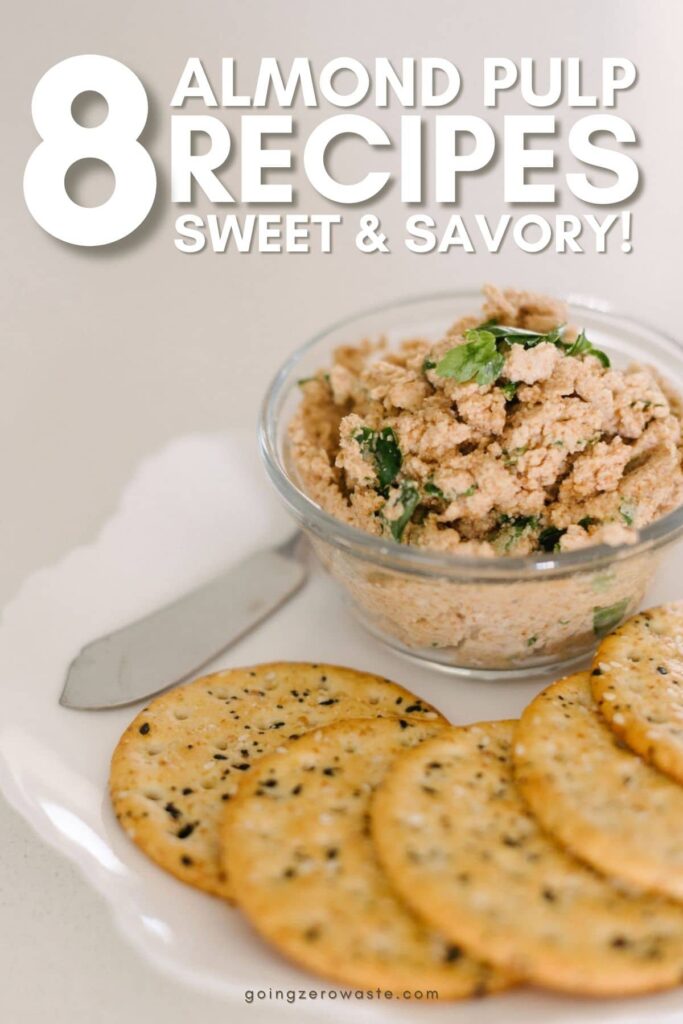
This post was sponsored by the Almond Board of California. All thoughts and opinions are my own. For more information, please see my disclosure policy.
I had the absolute pleasure of speaking to Kiku Severson, a third generation almond farmer about the sustainability initiatives in almond farming.
A few of the things that piqued my interest were their zero waste farming techniques and the focus on water saving and water reduction on their farm.
(And, while I'm not going to go into the history of almonds, I am going to drop a link just in case you're a history geek and love that kind of stuff… like me.)

zero waste almond orchards:
Almond trees capture and store a significant amount of carbon over their 25-year life cycle in a process called carbon sequestration. Almond farmers are pioneering climate-smart agriculture through whole orchard recycling.
At the end of the almond orchard's lifecycle whole almond trees are ground up and incorporated back into the soil which extends that carbon sequestration by storing it in the soil, helping to address climate change.
The almond farmers are completely zero waste on farm too! There are three parts to the almond: the hull, shell, and kernel. We eat the kernels, but what about the hull and the shell?
Being zero waste on farm means using every part of the almond tree and there's a lot of fantastic pioneering in this space.
Traditionally the hulls are used to livestock bedding and the hulls are used for livestock feed. However, almond hull and shell components are being researched for mushroom cultivation, strengthening recycled plastics, producing feed sources for poultry, soil amendments, supplemental winter food sources for honey bees, and even for brewing beer! Not a single part of the almond tree goes to waste.
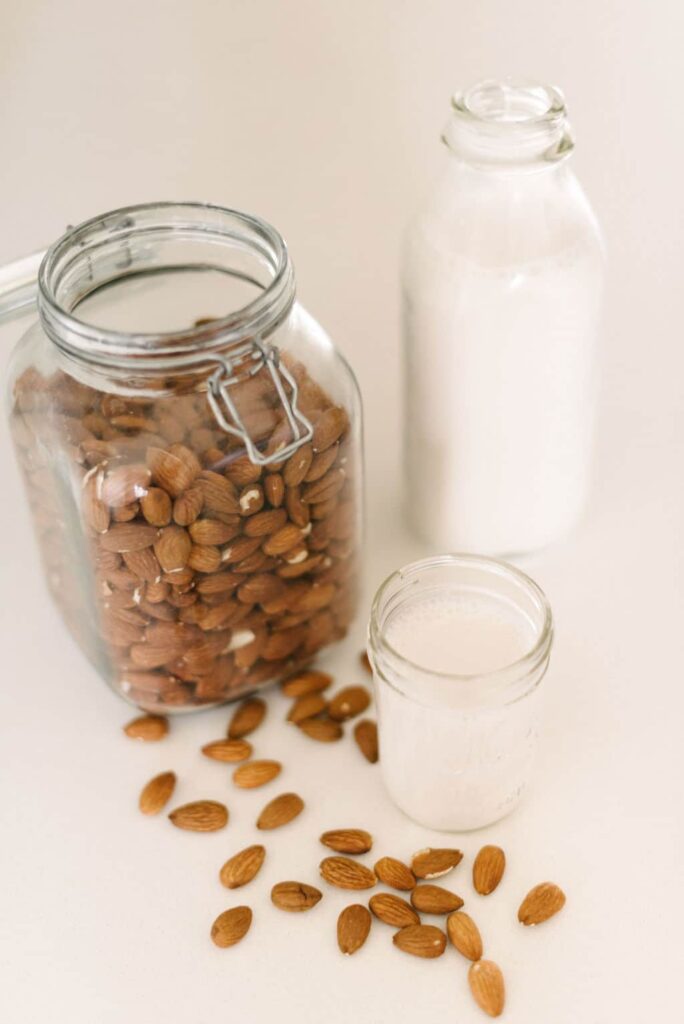
water usage in almond farming:
Almonds get a bad rep when it comes to water usage, but I think that's a little unfair because other nuts like walnuts and pistachios all use a similar amount of water to grow.
The California almond community has also really stepped up their water conservation. Farmers have already reduced the amount water used to grow each almond by 33 percent between the 1990s and 2010s. With improved production practices and the adoption of efficient microirrigation technology, they're aiming to reduce it by another 20% by 2025.
Just so we're clear, we're not talking about replacing that water with reclaimed water or grey water – we're talking about an overall reduction , and I think that's pretty amazing.
To put this even more into perspective, California grows 99% of the almonds sold in the U.S. and uses less than 8% of California's agricultural water, while only 21% of the dairy in the U.S. comes from California but accounts for more than 15% of agricultural water usage in the state.
Almonds are the clear winner when it comes to efficiency, greenhouse gas emissions, and water savings.
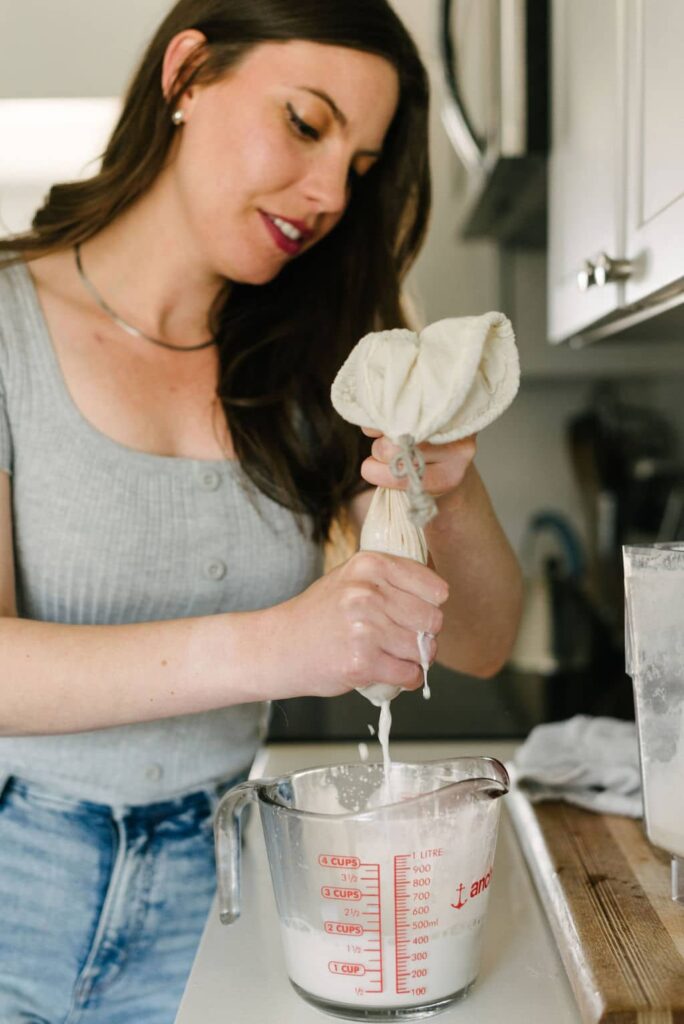
almonds are cool!
Yes, they are! Even though almonds are super cool, delicious, and make one of my favorite non-dairy milk alternatives – I still don't feel super great about food waste.
Which means, using that almond pulp to make something extra tasty. No food scraps going to waste on my watch!
what can you do with almond pulp:
Almond pulp is so incredibly versatile. You can use it for all sorts of sweet and savory dishes and I'm going to share my top XX recipes with you. But, before we go any further, I also want to share a recipe for making almond milk!
PRO TIP: Freeze some of your homemade almond milk in an ice cube tray, and use these cubes for homemade lattes!

vegan cheese spread from almond pulp:
This recipe will vary based on how much almond pulp you use so I highly recommend that you do it to taste. If you're looking for a visual be sure to check out this video. I used a generous half cup of almonds and made five cups of almond milk. I had a little under half a cup of pulp, and these are the general measurements I used to make the dip.
- 1/2 a cup of almond pulp
- Juice of one medium lemon
- 2 teaspoons nutritional yeast
- 1 teaspoon garlic powder
- 1 teaspoon paprika
- salt & pepper to taste
- 1-2 tablespoons of additional herbs (I personally like fresh tender herbs like chives, basil, parsley, dill, and tarragon)
Mix all of the ingredients in a bowl and spread on crackers or use as tasty dip!
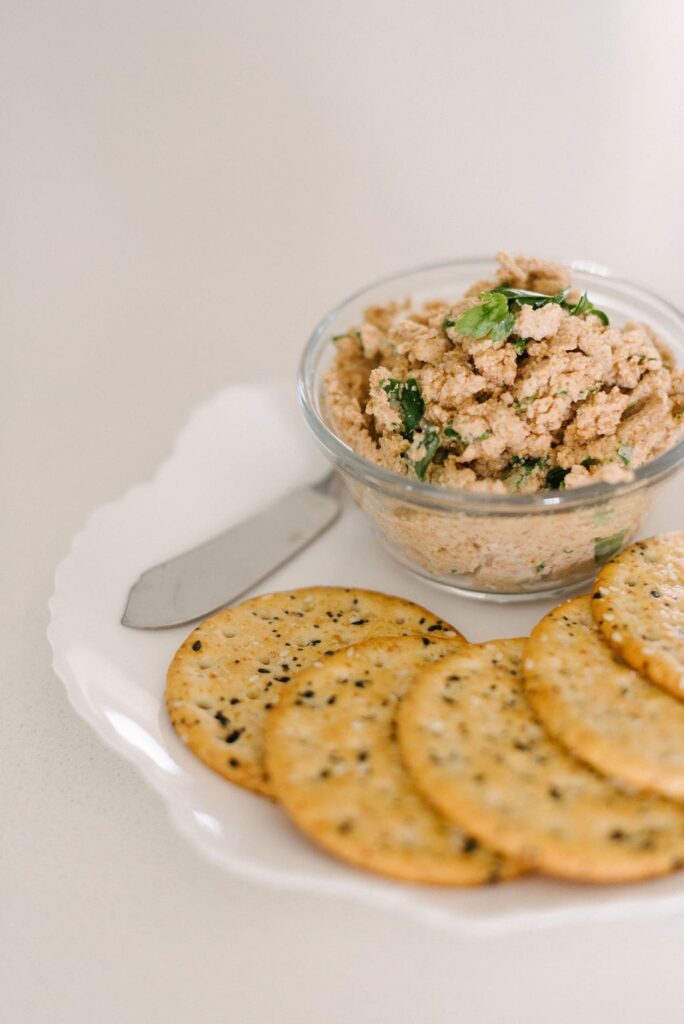
almond pulp crackers:
350F / 15 Minutes
- 1 cup of almond pulp
- 1 tablespoon of ground flax seeds
- 1 garlic clove
- ¼ cup of olive oil
- Salt & pepper
- Optionall herbs (I like to add garlic powder, onion powder, and paprika)
- Combine all of the ingredients together in a mixing bowl. The dough should be stiff and stick together when pinched. If it's too dry add one tablespoon of water at a time.
- Roll the cracker dough till it's ⅛" thin and place it on a well greased baking sheet (this might be easier if you use compostable parchment paper)
- Cut your dough into small squares and dock the center with a fork.
- Place the crackers into your preheated oven and bake them for 15 minutes.
- Flip the cracker onto the other side and bake for another 15 minutes.
- They're done when the crackers are golden brown.
- Store them in an airtight container and enjoy!
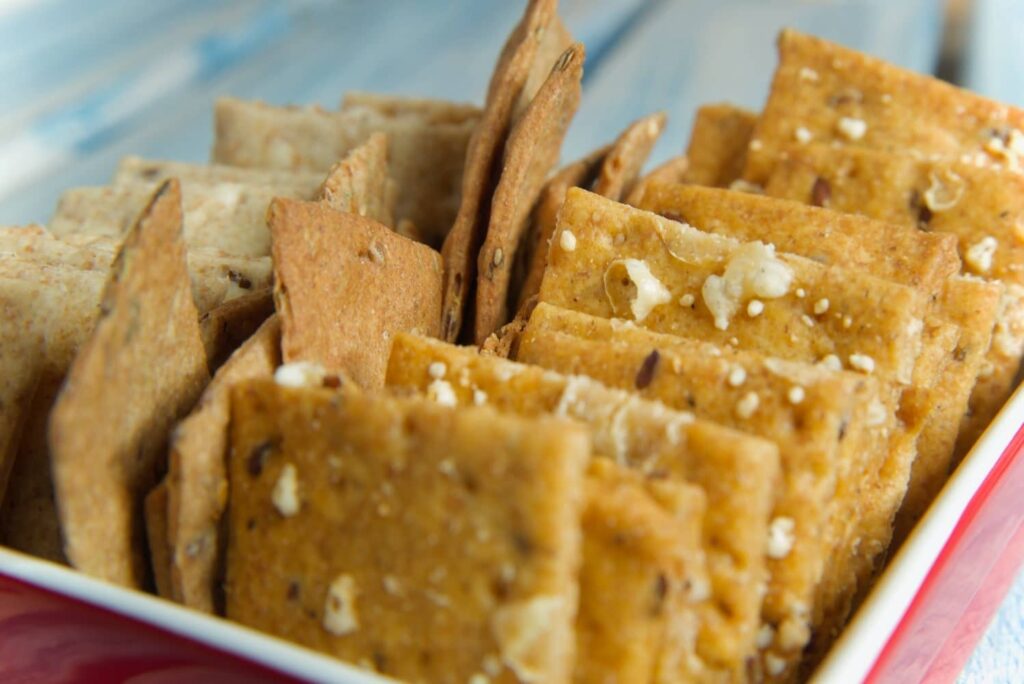
almond pulp chocolate bliss bites:
- ½ a cup of almond pulp
- 1 cup of rolled oats
- ¼ cup of ground flax seeds
- 2 tablespoons of cocoa powder
- 12 medjool dates, pitted
- 1 teaspoon of vanilla extract
- Pinch of salt
- Place all of the ingredients in a food processor and blend until a dough ball is formed.
- Roll the dough into smaller balls and store in an airtight container in the fridge.
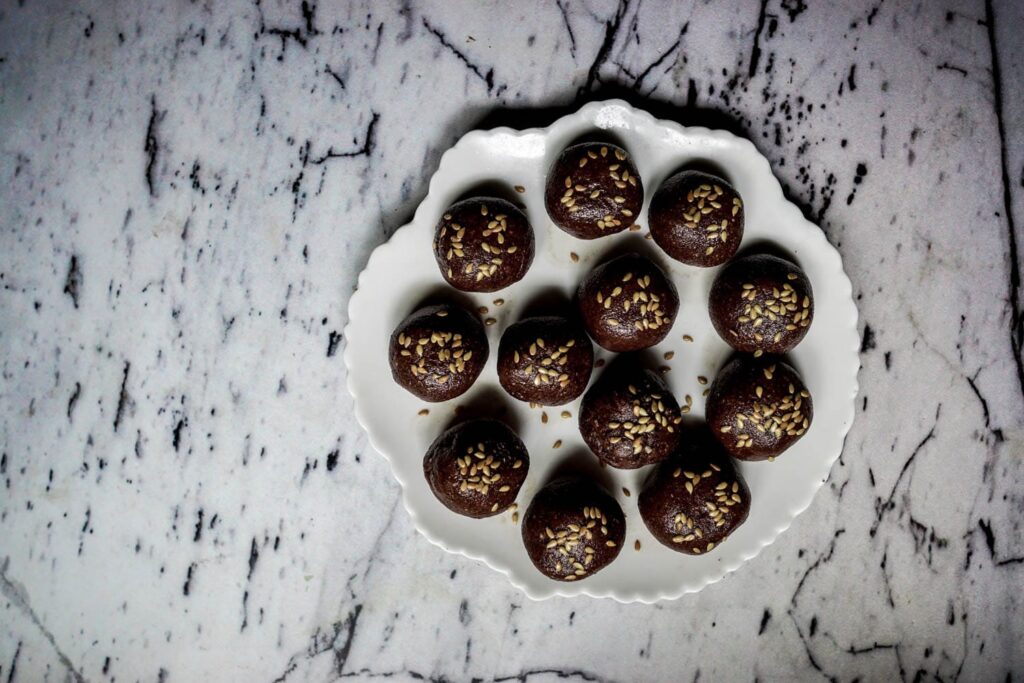
more almond pulp recipes:
- Honey graham crackers
- Hibiscus rose smoothie
- Almond oatmeal date bars
- Toasted almond vinaigrette
- Vegan burger patties
I want to give a huge shout out and thank you to the Almond Board of California for sponsoring this post! I hope that you found a yummy, new recipe to try.
Let me know if you have any go to almond recipes in the comments down below!
How to Make Almond Cheese From Almond Pulp
Source: https://www.goingzerowaste.com/blog/8-almond-pulp-recipes/